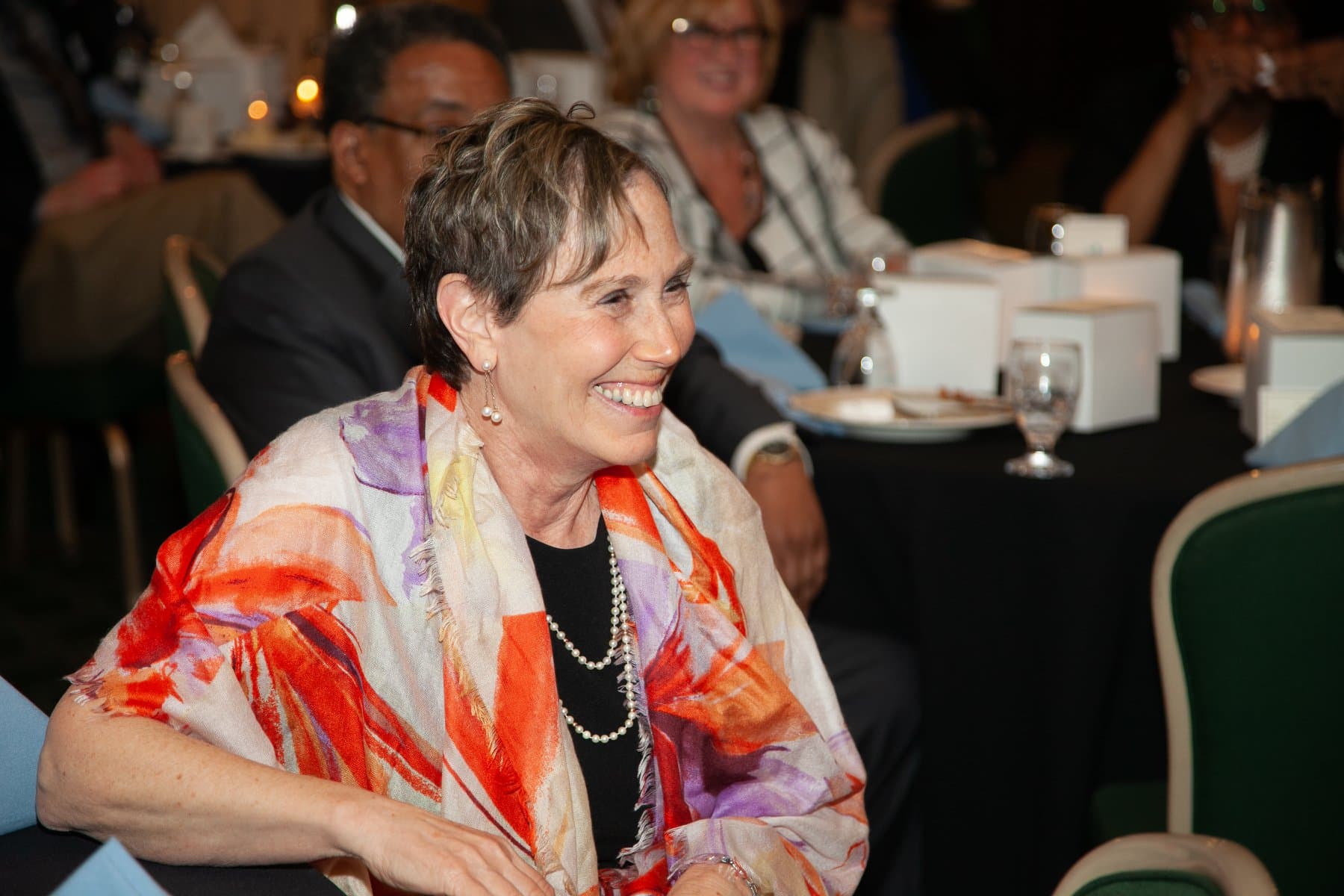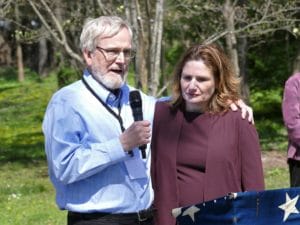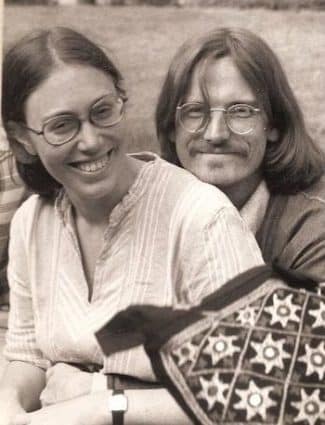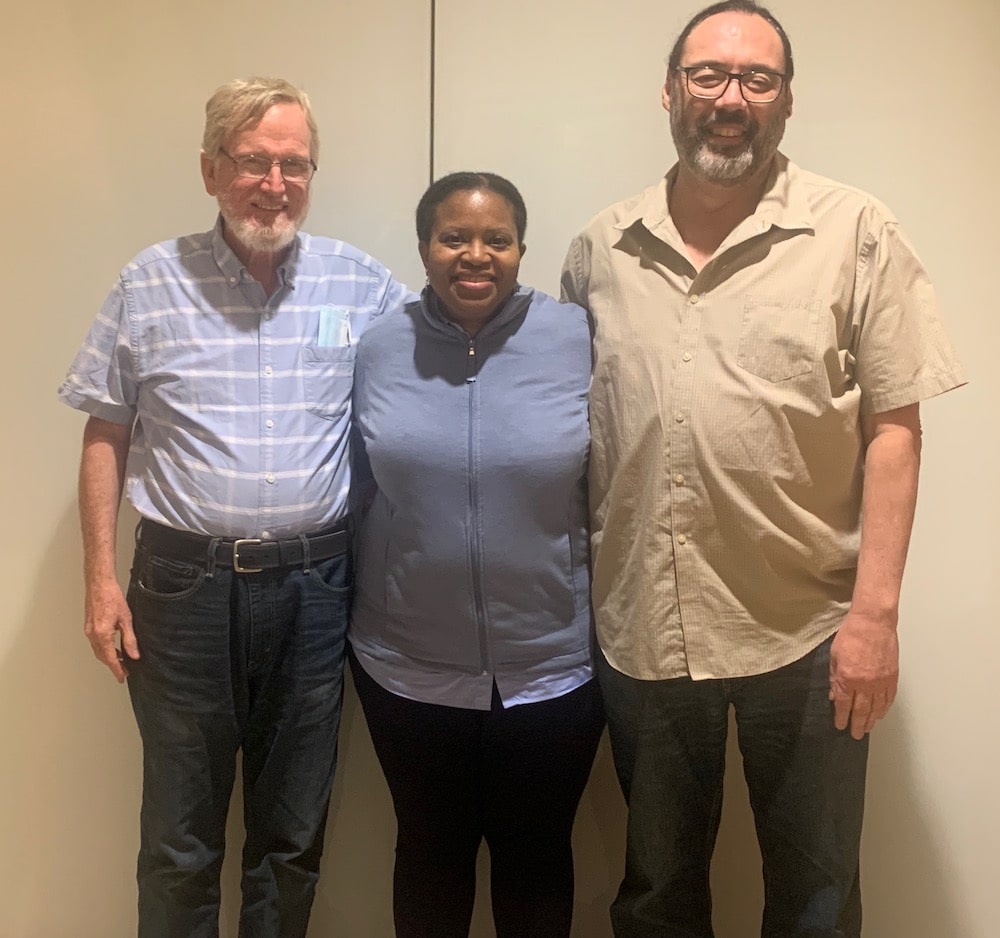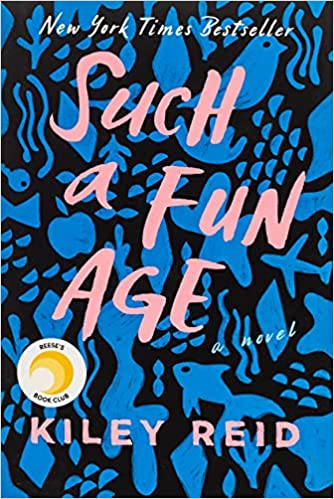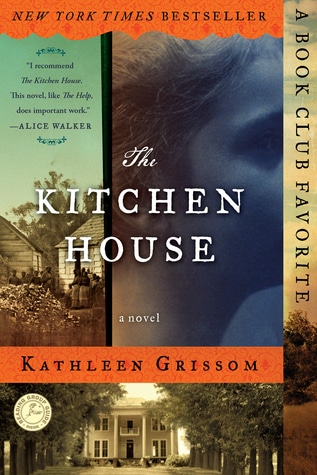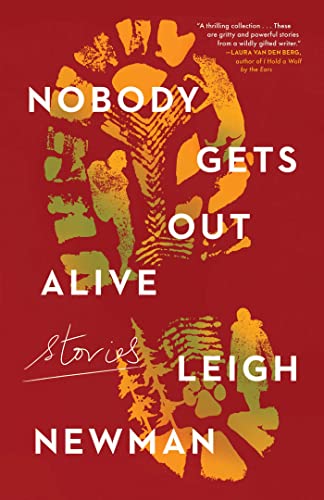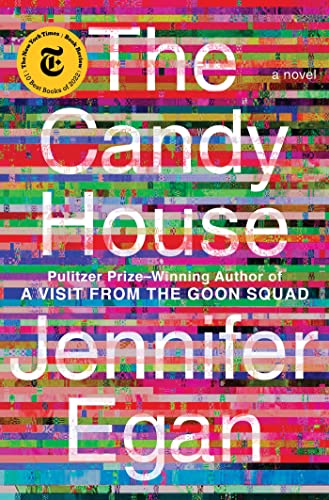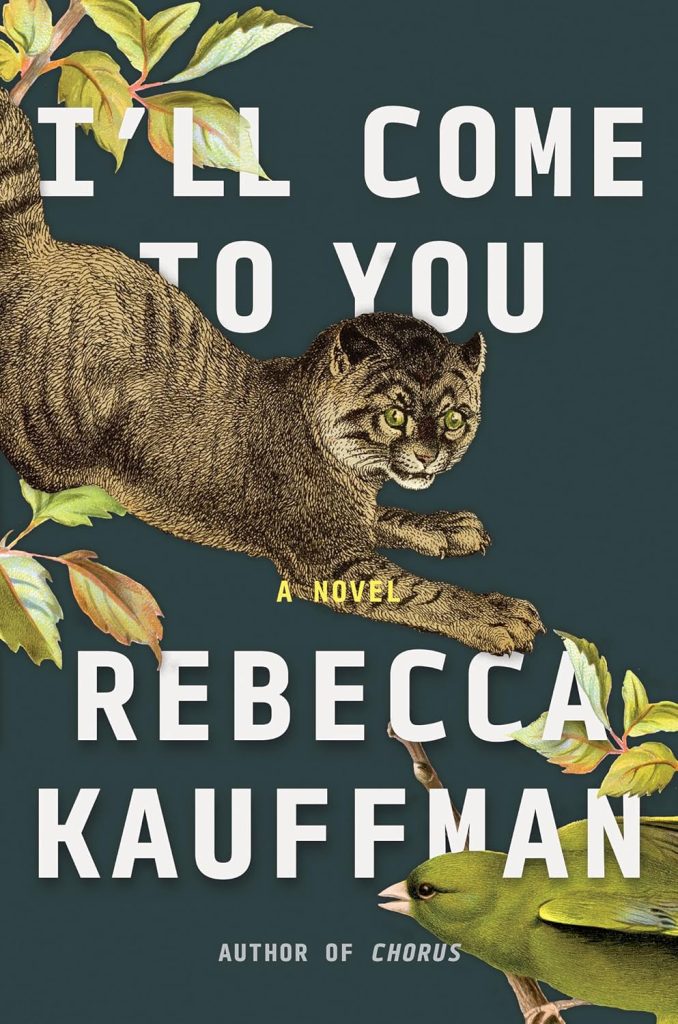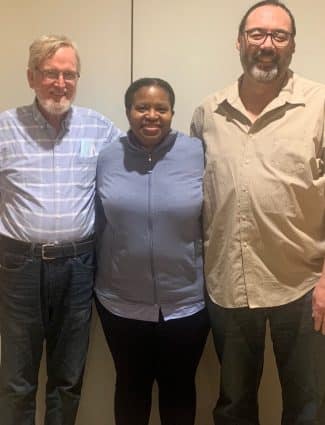
Hot Tub Confessional
Estimated reading time: 1 minute, 9 secondsBursitis in my left shoulder was acting up, and I decided a visit to the hot tub at the Marriott Marquis San Diego might help the pain.
The warm waters did alleviate the pain, if only momentarily.
After ten minutes, I started a conversation with a couple attending a GIS conference and a woman on vacation taking a break from her children.
The conversation shifted to why I was at the Marriott.
Believing honesty is the best policy, I told them I was attending Camp Widow.
We had a lovely chat about Being Mortal, life, love, ethical wills, Jan, and why love never dies.
It was very liberating to confess my loss to strangers. They even convinced me to share how Jan and I met.
When I exited the hot tub, I got hugs from them. I did not shed a single tear.
It may have been my first hot tub confession, but it will not be the last.
The Jan Lilien Education Fund sponsors ongoing sustainability and environmental awareness programs. All donations are tax-deductible.
I receive a commission when you buy a book or product using a link on this page. Thank you for supporting Sharing Jan’s Love blog.
